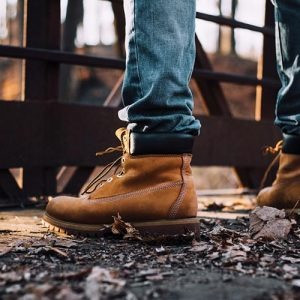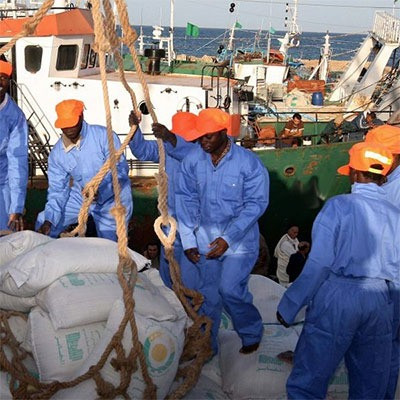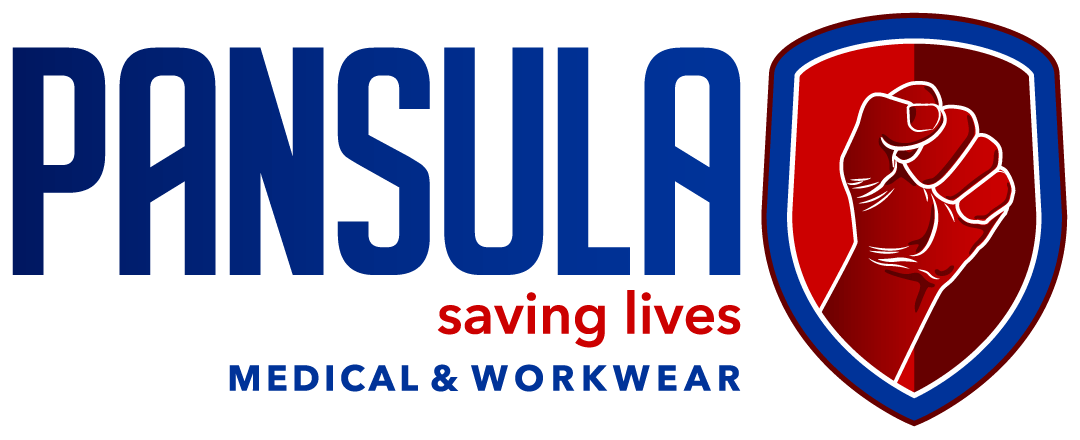Mining and Construction Uniforms: What South African Safety Officers Need to Know
The Critical Role of Uniforms in High-Risk South African Industries
Across South Africa’s mining belts and rapidly growing construction zones, safety officers face a complex and high-stakes task: keeping workers protected in some of the most hazardous environments in the country. While policies, training, and protocols play key roles, one often overlooked frontline defense is the uniform itself. More than just workwear, mining and construction uniforms form a barrier between the worker and a host of potential threats—fire, abrasion, impact, chemical exposure, poor visibility, and environmental extremes.
As safety expectations tighten and industrial operations expand, the responsibility for selecting the right uniform has become more nuanced. Safety officers are expected to weigh cost, compliance, performance, comfort, and durability—all while aligning with national standards and site-specific risks. This isn’t about simply ordering standard gear. It’s about making informed decisions that can reduce injuries, limit downtime, and ultimately save lives.
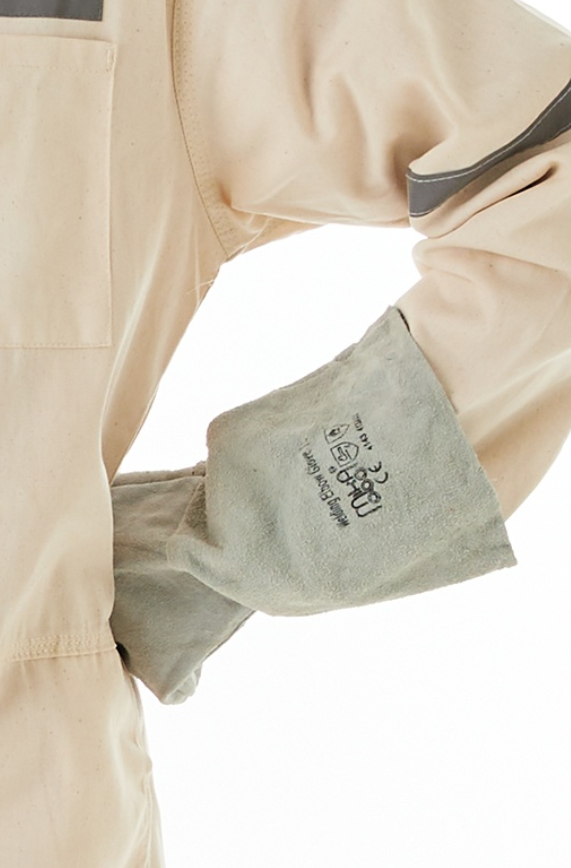
Workwear That’s Built for Real-World Conditions
South Africa’s terrain and climate present unique challenges that make generic or imported solutions inadequate. Open-pit mines in the Northern Cape, multi-level construction projects in urban Gauteng, and infrastructure work in KwaZulu-Natal all demand specialized protective work clothing. These aren’t one-size-fits-all environments. They call for purpose-built gear from a workwear manufacturer South Africa safety leaders can trust—gear that reflects real use cases, real hazards, and real feedback from the field.
Mining and construction uniforms need to perform multiple roles. They must protect against mechanical risks like cuts, scrapes, and punctures. They need to offer thermal resistance in environments where high temperatures or sparks are a factor. They must increase visibility on sites crowded with vehicles and machinery. And critically, they must allow for ease of movement so workers can operate efficiently without sacrificing safety.
Understanding the Value of Local Expertise
Choosing a locally made protective clothing solution isn’t just about supporting domestic production—it’s a strategic advantage for safety officers. A workwear manufacturer South Africa based understands regional standards, climate variability, and the common pitfalls faced by procurement teams. More importantly, local providers are better equipped to offer fast turnaround, customized designs, and responsive support.
The Benefit of Customization from an Industrial Workwear Supplier
Industrial workwear supplier options that manufacture locally can incorporate user-specific requirements. This may include integrating triple-stitched seams, ventilated zones, and high-visibility configurations. It may mean adapting a uniform’s cut for improved flexibility or adding reinforcement in high-stress areas like elbows and knees. These are the practical upgrades that convert standard garments into field-tested safety tools.
Why Safety Officers Must Lead in Uniform Decisions
As the link between upper management and the frontline, safety officers are uniquely positioned to advocate for proper uniform standards. Uniform choices can influence compliance audit results, reduce incident reports, and enhance morale. In high-risk industries, having the right gear is never optional—it’s part of the survival strategy.
Key Features That Define High-Quality Mining and Construction Uniforms
Fabric Selection: The Foundation of Functional Safety Gear
Every safety officer knows that the wrong fabric can compromise an otherwise well-designed uniform. Fabric is more than a matter of texture or breathability—it defines how a garment will perform under pressure. In the world of mining and construction, where heat, friction, moisture, and exposure to hazardous materials are routine, uniform fabric must serve both protective and practical purposes. Poly-cotton blends are commonly preferred for their ability to resist tearing, dry quickly, and hold shape during long shifts and heavy-duty laundering. Compared to pure cotton, which may breathe better but wears out faster, these blends provide the durability that high-risk environments demand.
Locally made protective clothing often takes advantage of fabric testing tailored to South African climates. For outdoor and high-heat environments, breathable weaves that allow air circulation help reduce fatigue. In contrast, enclosed or underground job sites may require moisture-wicking materials to manage sweat and prevent discomfort. A quality fabric must not only protect but support sustained physical performance throughout the workday.
Reinforcements That Extend Garment Lifespan
Uniforms in mining and construction zones are put to the test daily, making reinforced construction a key factor in uniform longevity. High-performance garments often include triple-stitched outseams and shoulders, which distribute tension across multiple stitch lines, reducing the likelihood of ripping or seam separation. Bar tacks placed at pocket corners and stress points provide additional strength where strain is concentrated, such as at the hips, knees, and sleeve joints.
One of the most valuable upgrades for high-impact roles is the inclusion of double-layered fabric in areas subject to frequent contact or kneeling. Elbows and knees take significant abuse on job sites, and extra padding or reinforced panels in these regions prevent early garment failure. A workwear manufacturer South Africa safety officers turn to regularly builds these features into their standard mining and construction uniforms, knowing these elements are vital for both protection and long-term use.
High-Visibility Integration for Safety in Motion
On any mining or construction site, visibility is critical—particularly in areas with moving equipment, elevated workspaces, or variable lighting. High-visibility garments are designed with both bright base colors and reflective tape, arranged in patterns that ensure workers can be seen from all angles. This includes chest and back bands, vertical stripes along the torso, and lower-leg accents. The goal is to create full-body visibility that works during daylight hours and in low-light or nighttime conditions.
Reflective and flame-retardant uniforms take this concept a step further by combining visual safety with thermal protection. These dual-purpose garments are essential for industries where workers encounter open flames, hot surfaces, or chemical reactions. The integration of flame-resistant materials ensures that the uniform won’t ignite easily and that it self-extinguishes once the flame source is removed. The best PPE supplier for heavy industries provides gear that meets these multi-layered demands without compromising comfort or flexibility.
Fit, Function, and Ergonomic Design
Beyond material and safety features, the way a uniform fits and moves with the worker is a crucial factor. Poorly fitting clothing can create new hazards, such as snagging on machinery, limiting range of motion, or contributing to heat stress. Modern mining and construction uniforms are now cut with ergonomic lines that support active movement. This includes articulated knees, gusseted underarms, and generous fits that allow crouching, climbing, and lifting without bunching or restriction.
Adjustable elements—like cuffs, waistbands, and collars—are no longer luxuries but standard inclusions. These features allow workers to personalize their gear for weather changes, specific tasks, or individual comfort. When uniforms fit well, workers are more likely to wear them correctly and consistently, increasing the effectiveness of the protective gear and reducing overall safety risks.
How Uniforms Influence Safety Culture and Operational Efficiency
Uniform Standards and Legal Compliance
In regulated industries like mining and construction, every element of worker protection—including uniforms—is subject to legal scrutiny. Uniforms must meet the requirements outlined by the Occupational Health and Safety Act (OHSA) in South Africa, along with any sector-specific codes applicable to heavy industry. These requirements cover everything from flame resistance and visibility to the integrity of stitching and the use of non-conductive fasteners. Safety officers must be certain that their chosen uniforms not only pass visual inspection but are fully compliant with the safety legislation governing their site.
Working with a reputable workwear manufacturer South Africa–based offers a distinct advantage in navigating this compliance landscape. Local manufacturers are familiar with national and provincial requirements and can ensure all garments are aligned with current codes. This minimizes the risk of non-compliance, which can lead to penalties, downtime, or reputational damage. It also streamlines audits and inspections by providing safety officers with documentation, certifications, and production transparency.
Cost of Poor-Quality Workwear
It’s tempting to view uniforms as a line item on a spreadsheet, easily cut or sourced cheaply. But poor-quality uniforms often result in far greater costs over time. Garments that wear out quickly require frequent replacement, stretching budgets and disrupting consistency. Uniforms that fail under pressure can expose workers to injury, increasing insurance claims and compromising morale. And garments that lack proper visibility or protective features can lead to avoidable accidents—costing the company in both human and operational terms.
Safety officers understand that uniforms are not just a protective layer but a productivity asset. Workers in comfortable, breathable, and functional uniforms move more freely, respond faster, and stay focused longer. Investing in quality industrial workwear is not about spending more—it’s about reducing replacement rates, improving worker confidence, and ensuring business continuity under demanding conditions.
The Link Between Uniforms and Workforce Morale
A well-designed uniform communicates more than safety—it signals respect for the worker. Employees who are issued professional, functional workwear tend to feel more valued and are more likely to follow safety procedures. Uniforms that reflect the demands of the job, fit properly, and provide flexibility contribute to morale, retention, and even team cohesion.
This psychological impact is often underestimated. Uniforms that fail to protect or fit properly are demoralizing and distracting. Workers may avoid wearing them correctly, increasing risk. On the other hand, when workers receive gear that clearly considers their role and comfort, they’re more likely to take pride in their appearance and performance. It also reinforces the company’s safety-first culture, which is crucial in industries where small mistakes can have large consequences.
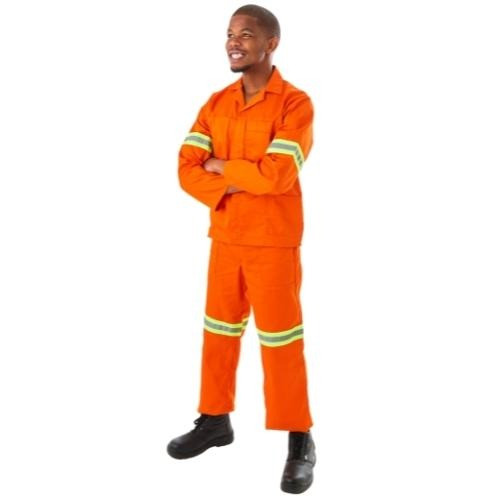
The Role of Uniforms in Coordinated Emergency Response
When a critical incident occurs on a job site, every second counts—and clear identification can save lives. Uniforms play a role in emergency coordination, helping team leads, supervisors, safety officers, and rescue personnel quickly distinguish roles and act accordingly. For example, color-coded uniforms or labeled vests can separate welders from machine operators, or signal who is trained in first aid or evacuation procedures.
A thoughtful industrial workwear supplier will offer customization options that support these goals, such as reflective text, department badges, or specialty garment colors for different shifts or functions. These design considerations become assets during drills and real emergencies, improving response time and reducing confusion. Uniforms aren’t just passive protection—they are tools for clarity and control when it matters most.


